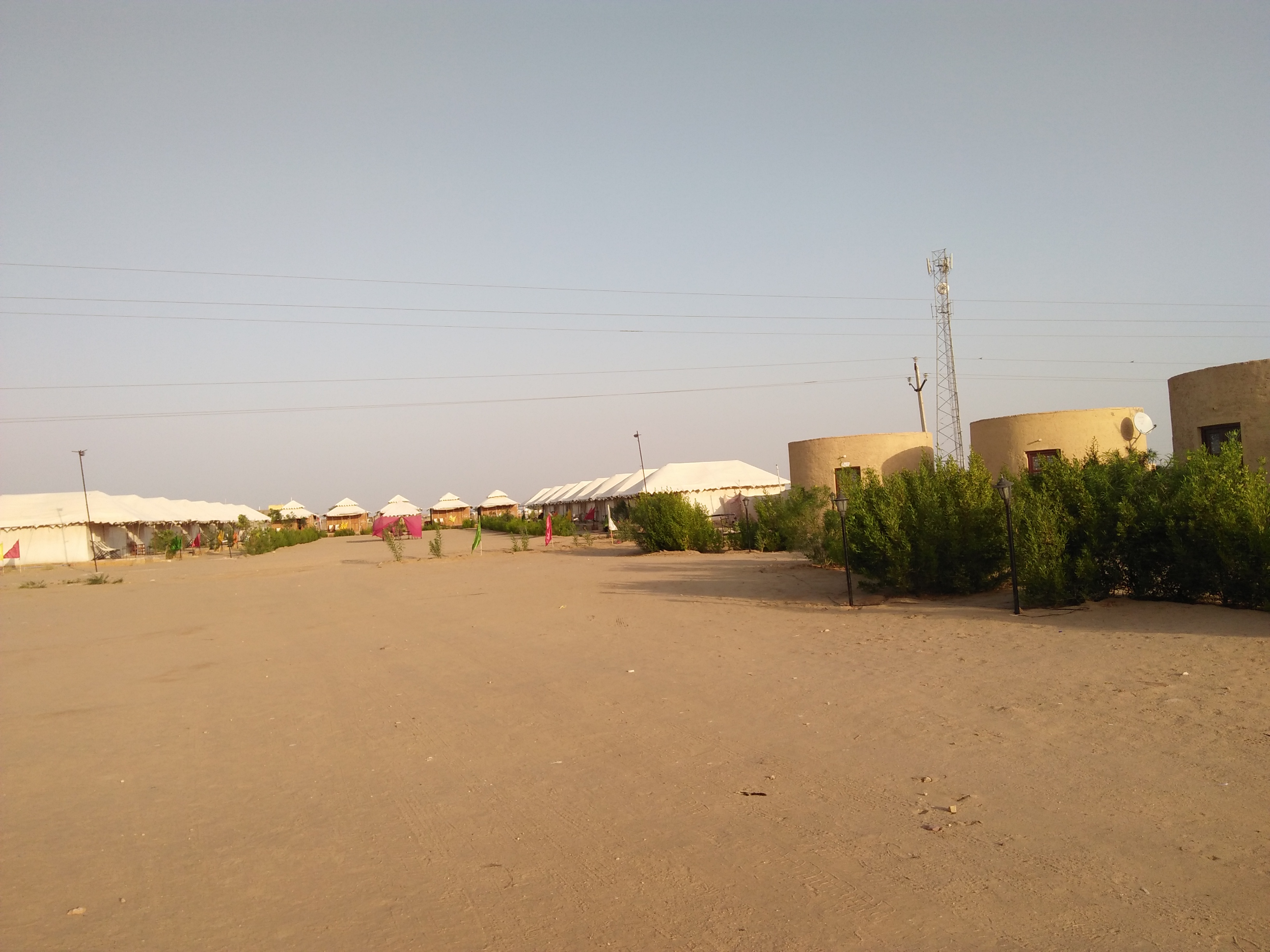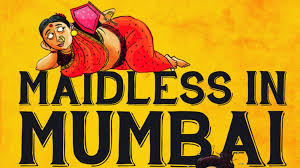If you are a Bengali, you have been introduced to the works of Rabindranath Tagore. Whether you have resided in Bengal or not is secondary as his works touch upon the lives of every Bengali in some way or the other. Those who have grown up in Bengal get associated with his creations even before they have started formal schooling. For the non-residents as well, his creativity becomes a favorite when it comes to performing in Bengali community gatherings like Durga Puja amongst others. If you are short of time and haven’t decided on the act, Rabindranath becomes a blessing. Just pick any creation of his and half your job is done.
Being raised outside Bengal, my association with Tagore and his works came only when I attended one of those gatherings. In the last few years that I have been staying in Calcutta, I got the opportunity to listen to more of his works through various social gatherings and television programs. He had made Shantiniketan his residence and also the centre of education where he encouraged his teachings in poetry, music, and art among the students. Till date, Shantiniketan serves as a perfect weekend getaway for residents of Calcutta. It’s a relatively quiet place away from the madenning noise of the city and is a great place refresh oneself. The place is also a way to familiarize one with the environment that Tagore was a part of and the place he lived in with his students.It’s one of these many reasons that makes one take a trip to this place.
Road or Railways are the most preferred ways to reach the place. We preferred the rails and it did not turn out to be a bad decision. It took us 3 hours to reach Prantik station from Howrah. As we reached at night, our trip from station to the house we had put up made us realize the poor electrical connectivity of the place. There were minimal street lights and the only source of light was that of the toto we were travelling in. Autos and totos are the most common public transport you would find there.
We reached the house we were about to spend the next 2 days in. The owner of the house resided in the city and a caretaker stayed in it. There are plenty of such houses over there where the owners would leave them in the hands of caretakers and visit ocassionally with their families for short trips or vacations. These houses serve as a great option for many of the friends of the owners who wish to visit Shantiniketan for short durations and the visitors often prefer them over hotels as they provide the feel and comfort of staying at home.
We started exploring the place the next morning and our first stop was a temple called Kankalitala. It was where the ‘waist’ of Sati had fallen as Shiva roamed around the world carrying her corpse around. The other attraction of the place turned out to be the beautiful mustard field just behind the temple premises. The wide and colourful scenery of the field served as a visual treat and turned to be the perfect backdrop for visitors clicking pictures and selfies.
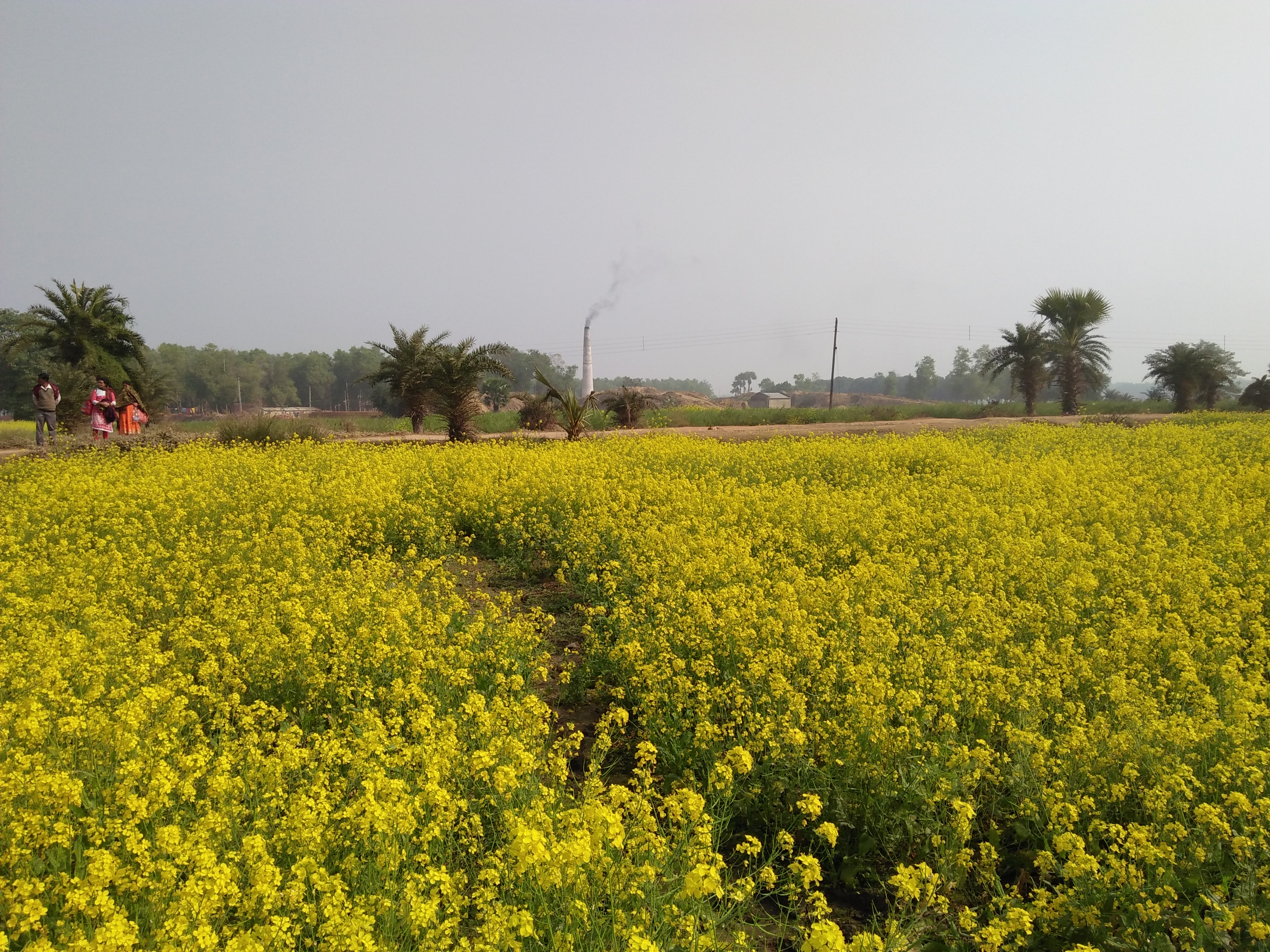
Mustard field behind Kankalita temple
Next it was the turn to visit Tagore’s ashram in Shantiniketan. First we got ourselves tickets for Shantiniketan Griha and Uttarayan Complex. Shantiniketan Griha is the first building that Rabindranath Tagore’s father Debendranath Tagore bulit in 1863. The entire complex in the area contains various houses where Tagore would spend his time. The Upasana Griha or the prayer hall is made of colourful glasses. This is where prayers are held by the students of the adjoining Patha Bhavan on Wednesdays. The Rabindra Museum treasures plenty of manuscripts, many of which might have been among the first drafts of Tagore’s creative outlet in different forms. Various commodities which he used in his daily life, letters congratulating him after he was awarded the nobel prize adore the walls of the museum. The other buildings in the complex include Udayan, Konark, Shyamali, Punascha and Udichi.
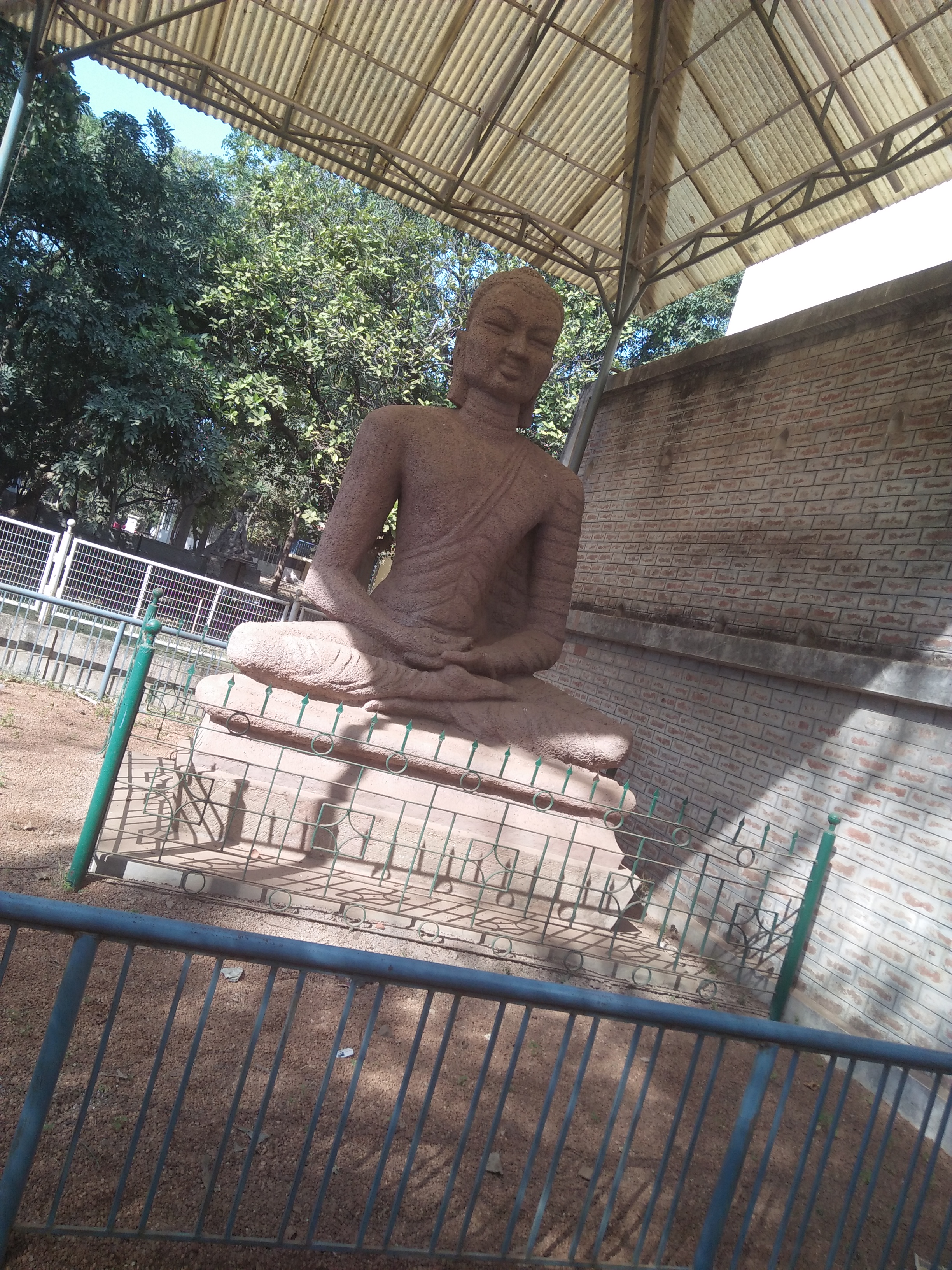
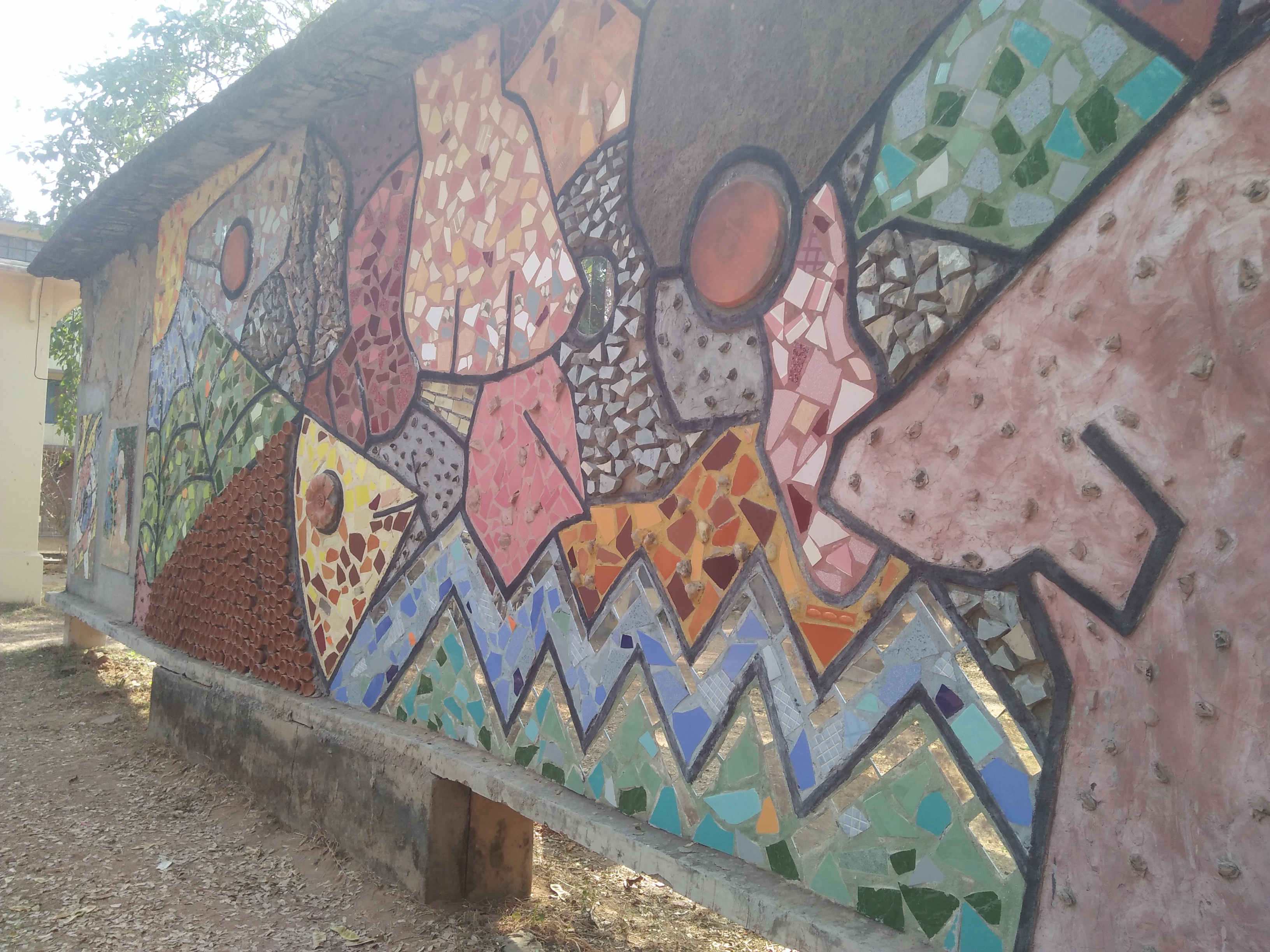

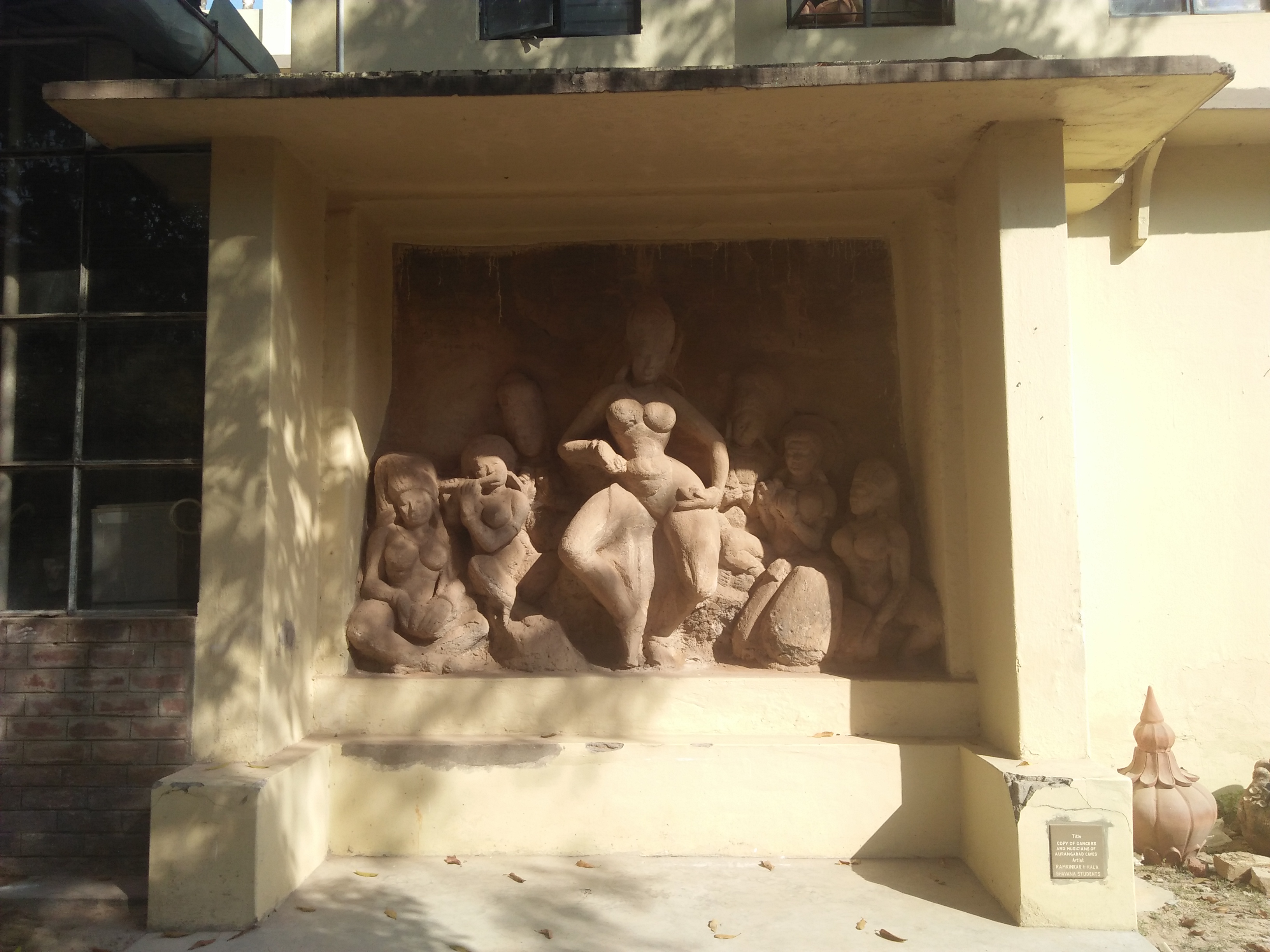
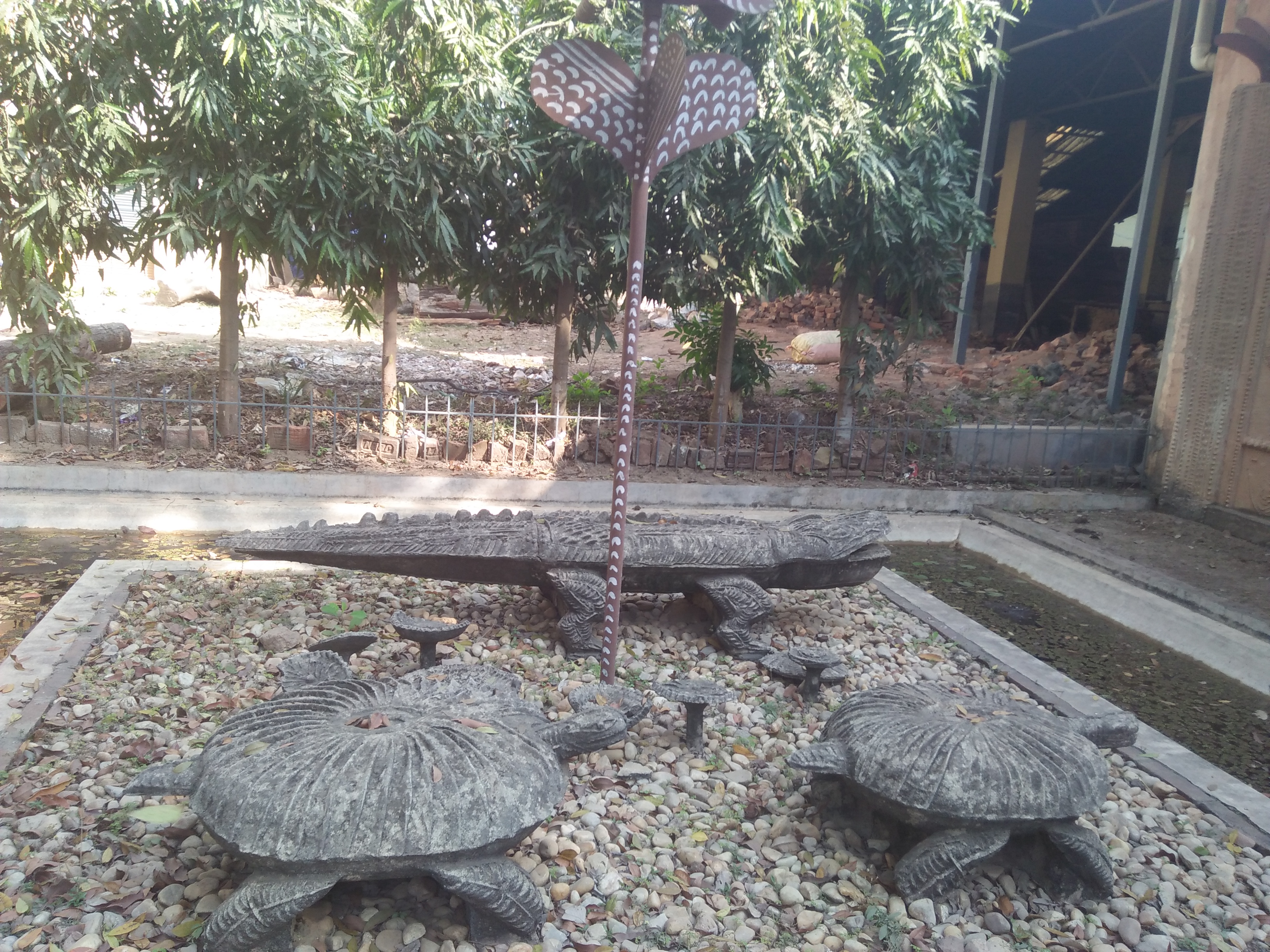
Next it was the time to visit the Khoai Mela which is set up by the local artisans of Shantiniketn showcasing handicrafts in the form of clothing, stationery, artifacts, bags amongst others. The next day we made plans of visiting the Deer Park and covered that during the day before catching our train back.
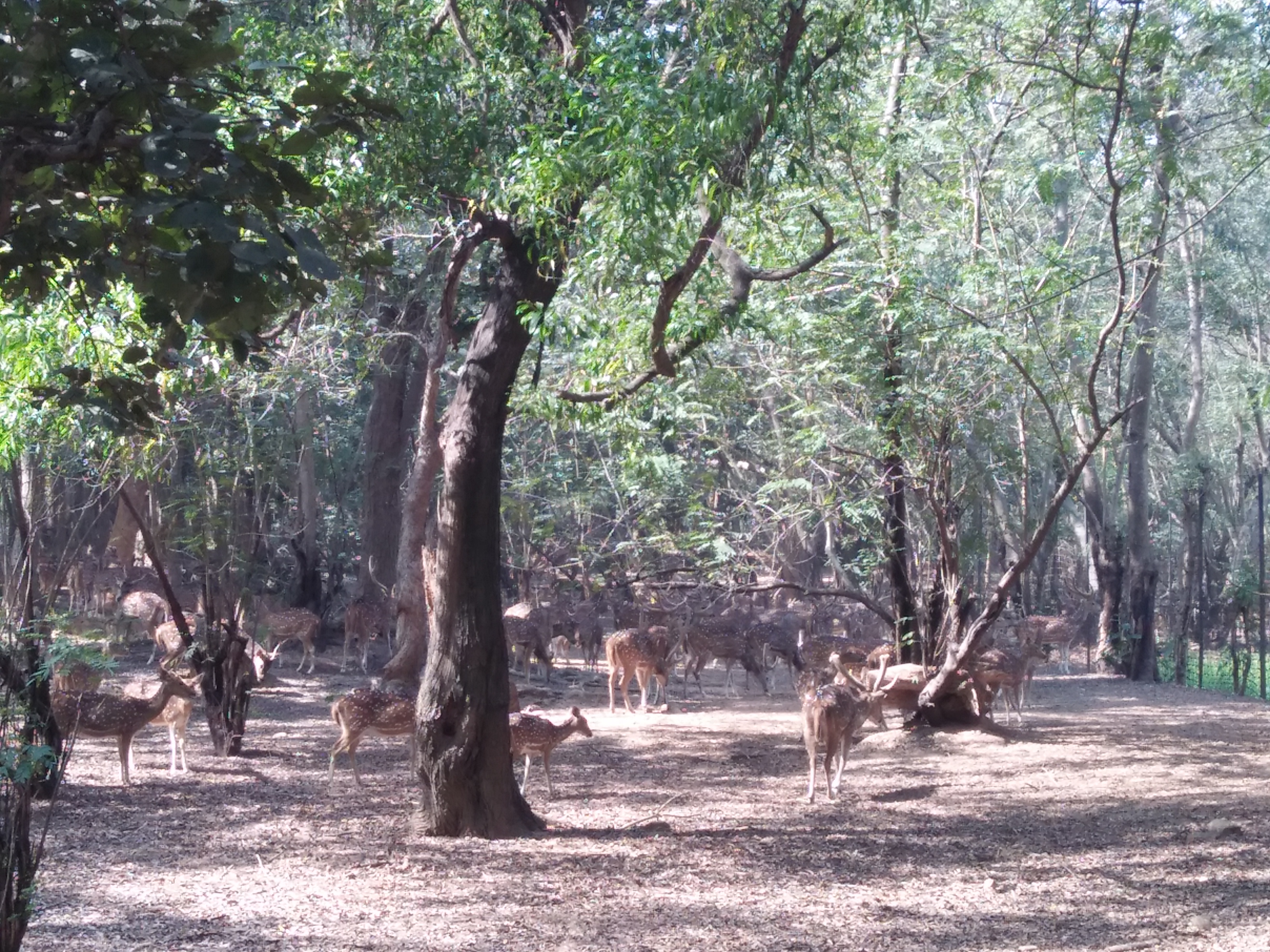
Deer Park
Shantiniketan serves to be a decent place for the city natives to visit over the weekend and enjoy a day or two of being closer to nature and rejuvenate their minds. The only difficulty we faced was the unavailability of lunch. As we spent the day in the trip by the time we were ready for lunch, it was already past the time and hence every restaurant we visited ran out of food. We made an error in judgement while anticipating the time for food. Luckily we found one restaurant which still had food and hence we were able to fill our hungry stomachs.


